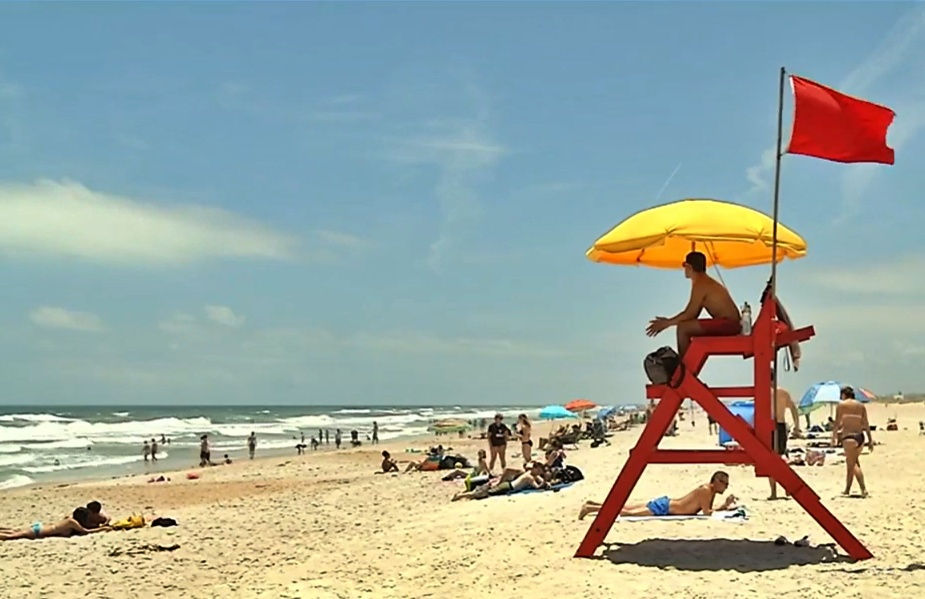Overflow crowd told fight to stop RYAM plan for bioethanol plant in Fernandina Beach isn't over
- Mike Lednovich
- May 31, 2024
- 3 min read

An overflow crowd of concerned Fernandina Beach residents were told Thursday that organized efforts to block Rayonier Advanced Materials (RYAM) plans to operate a bioethanol plant in the city need to continue despite recent legal opinions stating the proposal violates city regulations.
"This point is, this is not over," Tom Budd of the group No Ethanol Fernandina told the assembled group of about 100 people at the Peck Center auditorium. "The only way we're going to win this is to stay organized and have the funds to face legal challenges which will come. It's highly likely RYAM will threaten to sue the city to allow them to do it (operate a bioethanol plant)."
RYAM was granted an air quality permit by the Florida Department of Environmental Protection to proceed with plans for the bioethanol plant that would produce 7.5 million gallons of bioethanol per year at its Fernandina complex.
However, City Attorney Tammi Bach sought an opinion from outside legal land use experts on whether RYAM's plans were in violation of the city's Comprehensive Plan and Land Development Code which prohibit hazardous materials from being produced and stored in the city.
Last week, the law firm Weiss Serota Helfman Cole + Bierman told the city RYAM's bioethanol plant proposal should be rejected because it was prohibited by the Comprehensive Plan and Land Development Code.

Budd also provided updates on the efforts to marshal resources to oppose RYAM's bioethanol efforts.
"We have taken a lot of steps since the last time we were together," Budd said in a follow-up from a community meeting last March organized by several conservation groups. "We've created a Florida non-profit. We established the use officially of the name No Ethanol Fernandina. We have a bank account and we've created a website. These moves allow us to legitimize our efforts and raise needed funds with accountability. We think these steps lend credibility to our efforts."
Among those in attendance was Fernandina Beach City Commissioner Chip Ross, who detailed the process involved in deciding whether RYAM would be able to proceed with its proposal.
One avenue, Ross said, would be if RYAM requested the city commission vote to change the city's Comprehensive Plan and Land Development Code to allow the bioethanol plant. Ross said that was unlikely given that three city commission seats are open for election in November.
The other factor in play would be a determination by the city manager that the alternative fuel plant was in compliance with the Comprehensive Plan and Land Development Code.
"The person who makes the final interpretation of that is not the city commission, not the city attorney and not the city clerk, it's the city manager," Ross said. "A week ago I wrote an email to the interim city manager asking him to make an interpretation of whether a bioethanol plan was an allowable use in the city. I've not heard back since then."

Featured speaker chemical expert Medardo Monzon, a Fernandina resident, explained that RYAM's data on predicted air quality emissions that would be produced by the bioethanol processing plant far exceeded the allowable air emission standards set by the state. He said there is no known data on how such excessive air emissions would impact the vegetation on Amelia Island.
He also presented a worst case scenario of a bioethanol plant disaster as provided by RYAM's required risk management program report filed with the state. Monzon said according to the report, a chlorine oxide accident would create a toxic cloud of 16 miles, covering the entirety of Amelia Island.
According to experts, Chlorine oxides can cause severe irritation to the respiratory system, eyes, and skin upon contact. Inhalation of chlorine oxide vapors can lead to difficulty breathing, coughing, chest pain, and even pulmonary edema (fluid accumulation in the lungs), which can be fatal. Chlorine oxides released into the environment can have harmful effects on ecosystems, including aquatic life. They can contribute to water pollution and disrupt the balance of aquatic ecosystems.
Monzon warned that bioethanol was potentially more explosive than gasoline, with a low flash point, meaning it can ignite easily when exposed to an ignition source such as a spark, flame, or heat. Additionally, bioethanol vapor can form explosive mixtures in air within certain concentration ranges.
"Is this (bioethanol plant) really worth all the risks?" Monzon asked.
Monzon has assisted the No Ethanol Fernandina organization with petitioning the Florida Department of Environmental Protection for a hearing to challenge RYAM's data included in its application for an air quality permit. FDEP has not set a date for the hearing.
No Ethanol Fernandina also announced it is staging a fundraising event on June 15, with all donations committed to financing the group's legal challenges to RYAM's continued efforts for the bioethanol plant.




The mill is wanting to take a byproduct waste stream from their pulp production and turn it into a useful bio energy stream that is used to power all our vehicles.